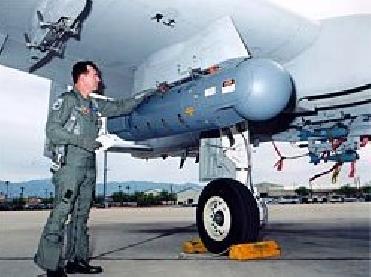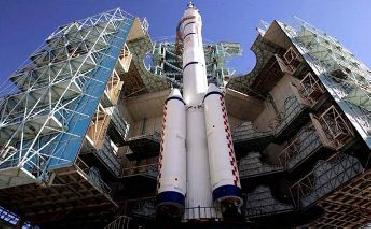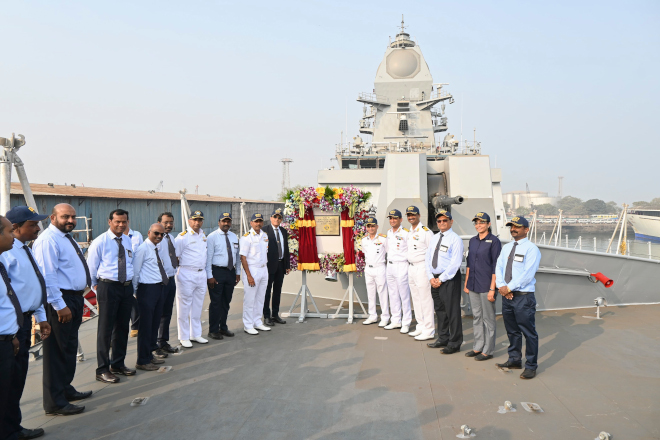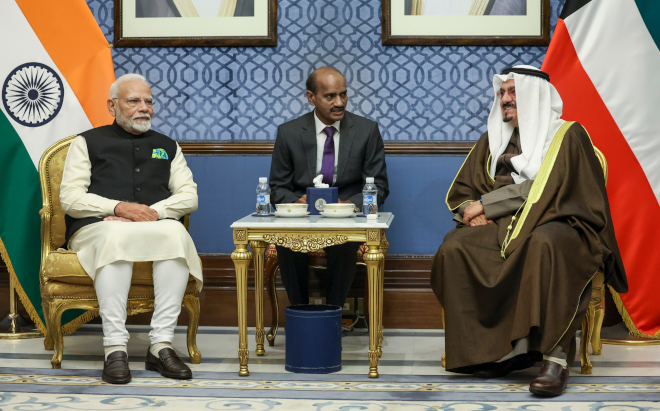
The AN/AAQ-28(V) LITENING targeting system. A , Northrop Grumman Photo
ROLLING MEADOWS, US (BNS): The LITENING advanced targeting pod has successfully demonstrated its capabilities on board the US Navy’s F/A-18E/F Super Hornet fighter aircraft, Northrop Grumman has announced.
This is the eighth US fighter aircraft to fly the advanced targeting system.
“During the 1.5 hour flight conducted at the Naval Air Warfare Center Weapons Division, China Lake, Calif., LITENING demonstrated its performance, flexibility and interoperability under operationally representative conditions,” Mike Lennon, vice president of Targeting and Surveillance Programmess for Northrop Grumman's Targeting Systems Division, said.
The LITENING is a multi-sensor targeting pod designed to improve combat capabilities of fighter aircraft during day and night and all-weather conditions. It can be integrated on a wide range of combat aircraft to take on both air-to-air and air-to-surface targets.
The targeting system, externally integrated and mounted on the aircraft, contains a high-resolution, forward-looking infrared sensor. Besides, it features advanced image processing for target identification; coordinate generation for GPS weapons; a television sensor; a dual waveband infrared laser designator and range finder; a laser spot tracker; an infrared laser marker; and an optional air-to-ground data link and digital video recorder.
The system enables fighter pilots to detect, acquire, auto-track and identify targets for highly accurate delivery of both conventional and precision-guided weapons.
Both the US Air Force and US Navy along with seven allied nations have ordered the LITENING system for their fighter aircraft. The system has proven combat ready on the AV-8B, A-10A/C, B-52H, EA-6B, F-15E, F-16 (Blocks 15-52) and F/A-18 Hornet aircraft.
 Previous Article
Previous Article













The Indian Air Force, in its flight trials evaluation report submitted before the Defence Ministry l..
view articleAn insight into the Medium Multi-Role Combat Aircraft competition...
view articleSky enthusiasts can now spot the International Space Station (ISS) commanded by Indian-American astr..
view article